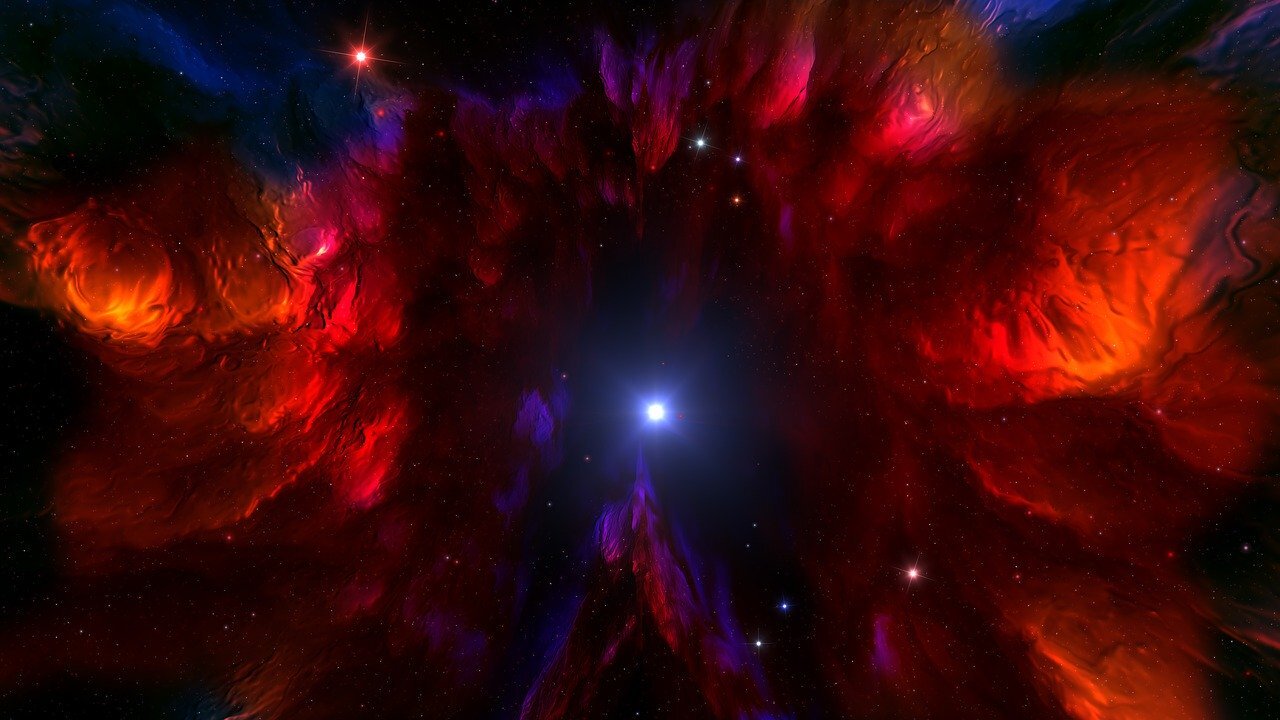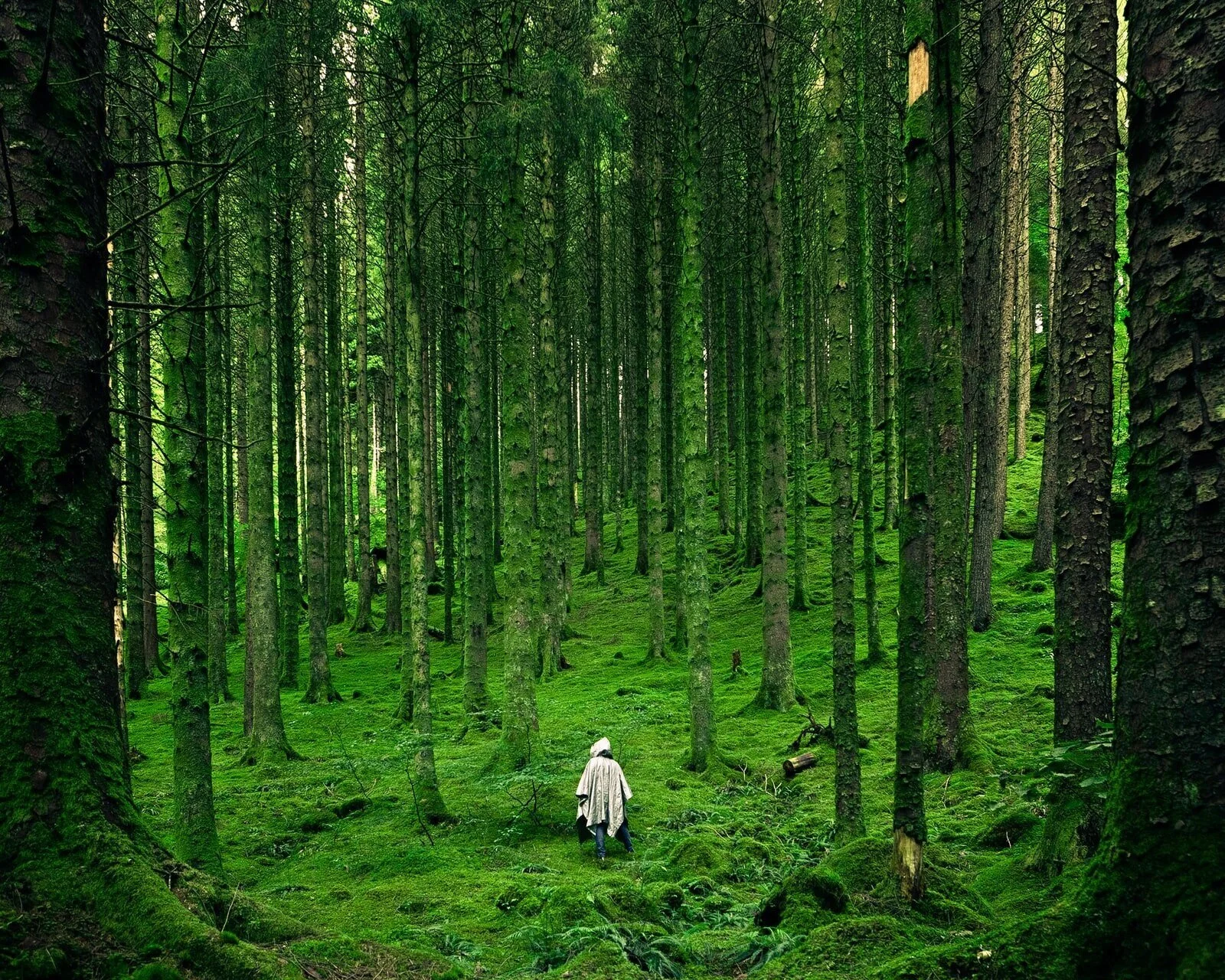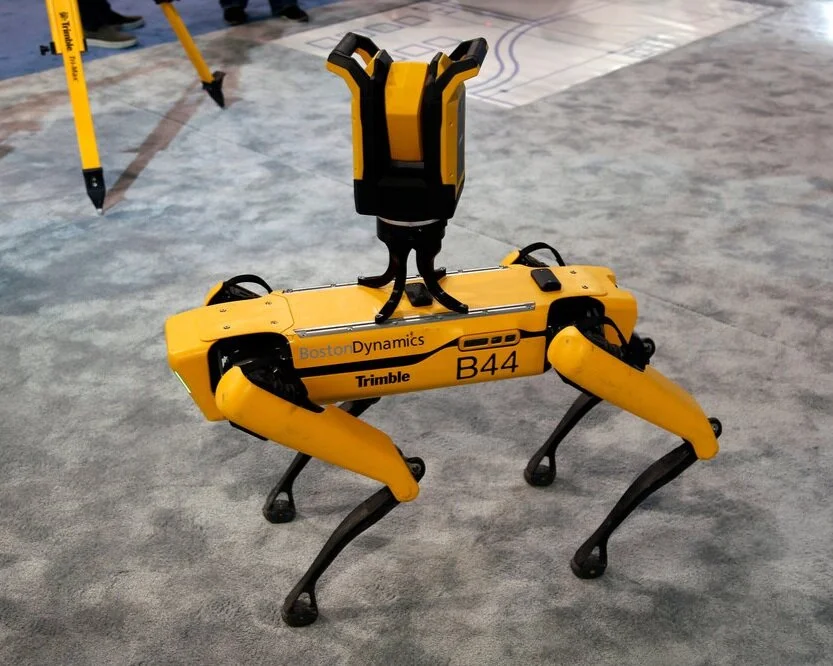Hubble Telescope Retrospective 30-Years in Orbit
/UNITED STATES - Hubble opened a window with a view, And humanity collectively gasped, in awe of the revelations, of incomprehensible titans fallopian tubes that wherein stars are given form and energy to travel forth into the universe.
Each more spectacular than the last, The magnificent device broadcast Our diminutive status, and squashed Grandiose notions. In form a telescope, in function a microscope, It brought into focus additional conundrums, As each universe bore witness to a plethora of galaxies, We now know exists, our comprehension further diminished, As this inanimate object reduced complicated processes, To a digestible components of simple equations of exhibition. In celebration of the 24th anniversary of the launch of NASA's Hubble Space Telescope, astronomers have captured infrared-light images of a churning region of star birth 6,400 light-years away. The collection of images reveals a shadowy, dense knot of gas and dust sharply contrasted against a backdrop of brilliant glowing gas in the Monkey Head Nebula (also known as NGC 2174 and Sharpless Sh2-252). The image demonstrates Hubble's powerful infrared vision and offers a tantalizing hint of what scientists can expect from the upcoming James Webb Space Telescope. Observations of NGC 2174 were taken in February, 2014. Massive newborn stars near the center of the nebula (and toward the right in this image) are blasting away at dust within the nebula. The ultraviolet light emitted by these bright stars helps shape the dust into giant pillars. This carving action occurs because the nebula is mostly composed of hydrogen gas, which becomes ionized by the ultraviolet radiation. As the dust particles are warmed by the ultraviolet light of the stars, they heat up and begin to glow at infrared wavelengths.The Hubble Space Telescope is a project of international cooperation between NASA and the European Space Agency. NASA's Goddard Space Flight Center in Greenbelt, Md., manages the telescope. The Space Telescope Science Institute (STScI) in Baltimore conducts Hubble science operations. STScI is operated for NASA by the Association of Universities for Research in Astronomy, Inc., in Washington. For images and more information about Hubble, visit:www.nasa.gov/hubble NASA image use policy. NASA Goddard Space Flight Center enables NASA’s mission through four scientific endeavors: Earth Science, Heliophysics, Solar System Exploration, and Astrophysics. Goddard plays a leading role in NASA’s accomplishments by contributing compelling scientific knowledge to advance the Agency’s mission.
In 2020, the Hubble Space Telescope achieves its 30th year in orbit. Hubble’s unique design, allowing it to be repaired and upgraded with advanced technology by astronauts, has made it one of NASA’s longest-living and most valuable observatories, beaming transformational astronomical images to Earth for decades.
Hubble has fundamentally changed our understanding of the cosmos. Throughout the year, we’ll celebrate the many ways that Hubble has brought the universe home to Earth with special events in public spaces and on social media, new images, videos and documentaries, interactive features, and more. To keep updated on all of NASA's Hubble’s anniversary activities as they develop, be sure to follow us on Twitter, Facebook and Instagram, or use #Hubble30.
RELATED ARTICLES
How to Prevent a Depression Spiral While Quarantined (healthline.com)
National Suicide Prevention Lifeline (suicidepreventionlifeline.org)
Stress and Coping (CDC.gov)
How to Manage Depression During Quarantine (psychologytoday.com)
The coronavirus pandemic is pushing America into a mental-health crisis (washingtonpost.com)
Portrait of Woman on Yellow Stairwell Red Background (Engin Akyurt)













